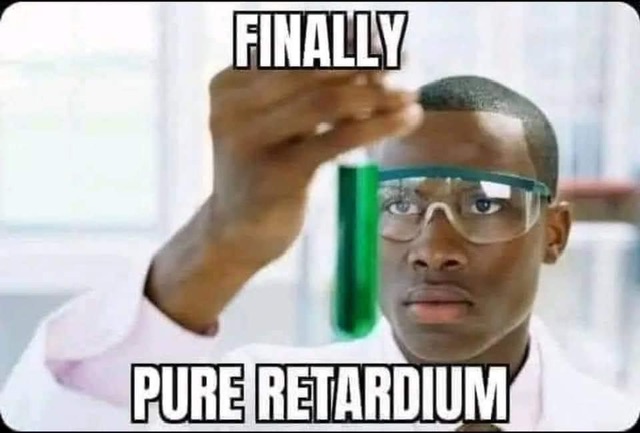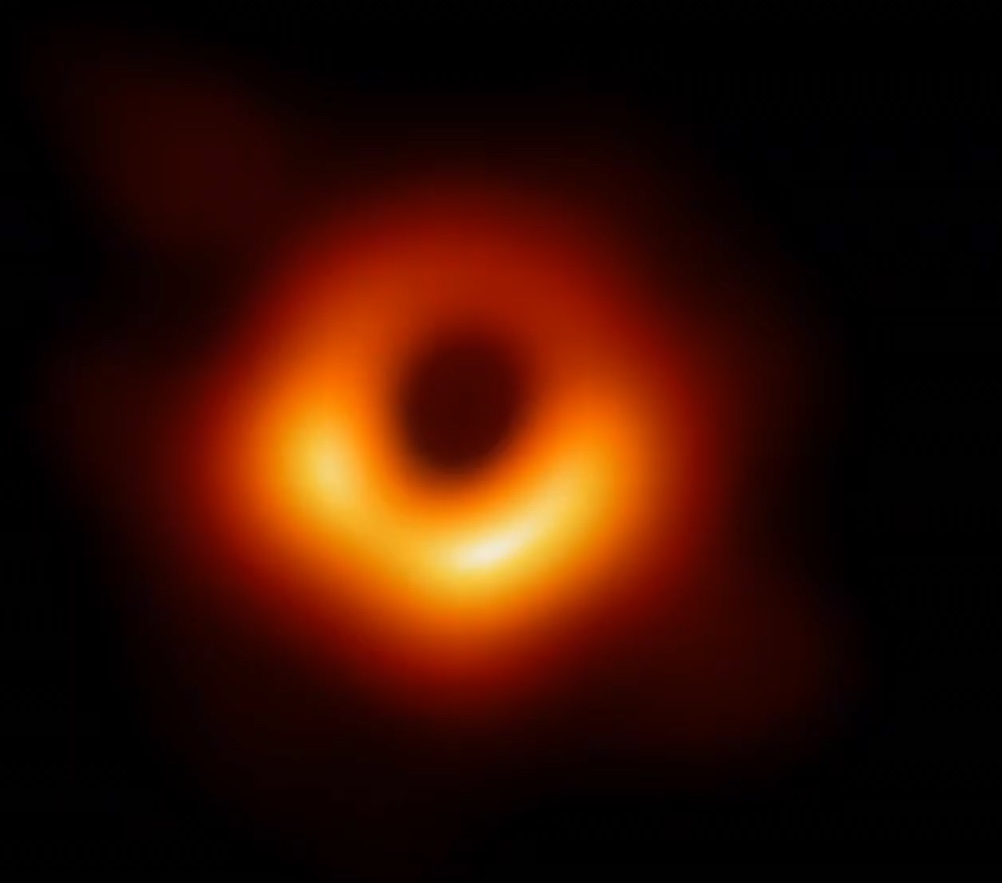|
Ricardo -> RE: Black Hole eats sun (Mar. 3 2023 14:16:33)
|
quote:
But the ones formed in the early universe would be the ones that now would have the largest redshift i.e. be the oldest ones in the Farrah sequence, and vice versa. And yet, it is these older ones (formed in the younger universe) that show the biggest mass gain, factor of 20, compared to the younger ones (which should grow more according to her) that show a factor of 8.
So, hmm. I think that is backwards…time does not run backwards. That would imply a DECREASE in mass as time moves forward anyway. Looking back means “long ago” or “old now”, but the things we see there are evolutionarily “young” compared to things we see nearby. The idea is that YOUNGER FROM OUR PERSPECTIVE high red shift ellipticals show lower masses than low red shift galaxies (nearby evolved OLD GALAXIES), assuming the ellipticals at ANY POINT IN TIME, don’t have material around them to evolve more, so consider/assume each one an evolutionary cul-de-sac. Since they are not mapping the literal time evolution, but infer that all other formational aspects were equal, they see GROWTH over time, not the opposite, so the younger ones will have grown more mass BY NOW, but that info has not reached us yet…it is inferred by the study. (If I have this wrong then I understand absolutely NOTHING [:D])
She is saying that the assumption that the closer (older and more evolved) black holes that show growth via a mechanism OTHER than merger (elipticals don’t’ exist or evolve alone, they are ALL after-merger constructions), is ALREADY WELL KNOWN, but these mechanisms are NUMEROUS, and not clearly understood, and Farrah’s findings are just more of this non-merger growth on the huge pile.
Anyway, a lot of this is beside the point that it is the STELLAR MASS black holes appearance in the evolution of star formation that triggers the acceleration, i.e., more recently in history. At least that is THE important correlation the explains observations known since 1998. But as you know “correlation does not equal causation”.
|
|
|
|



